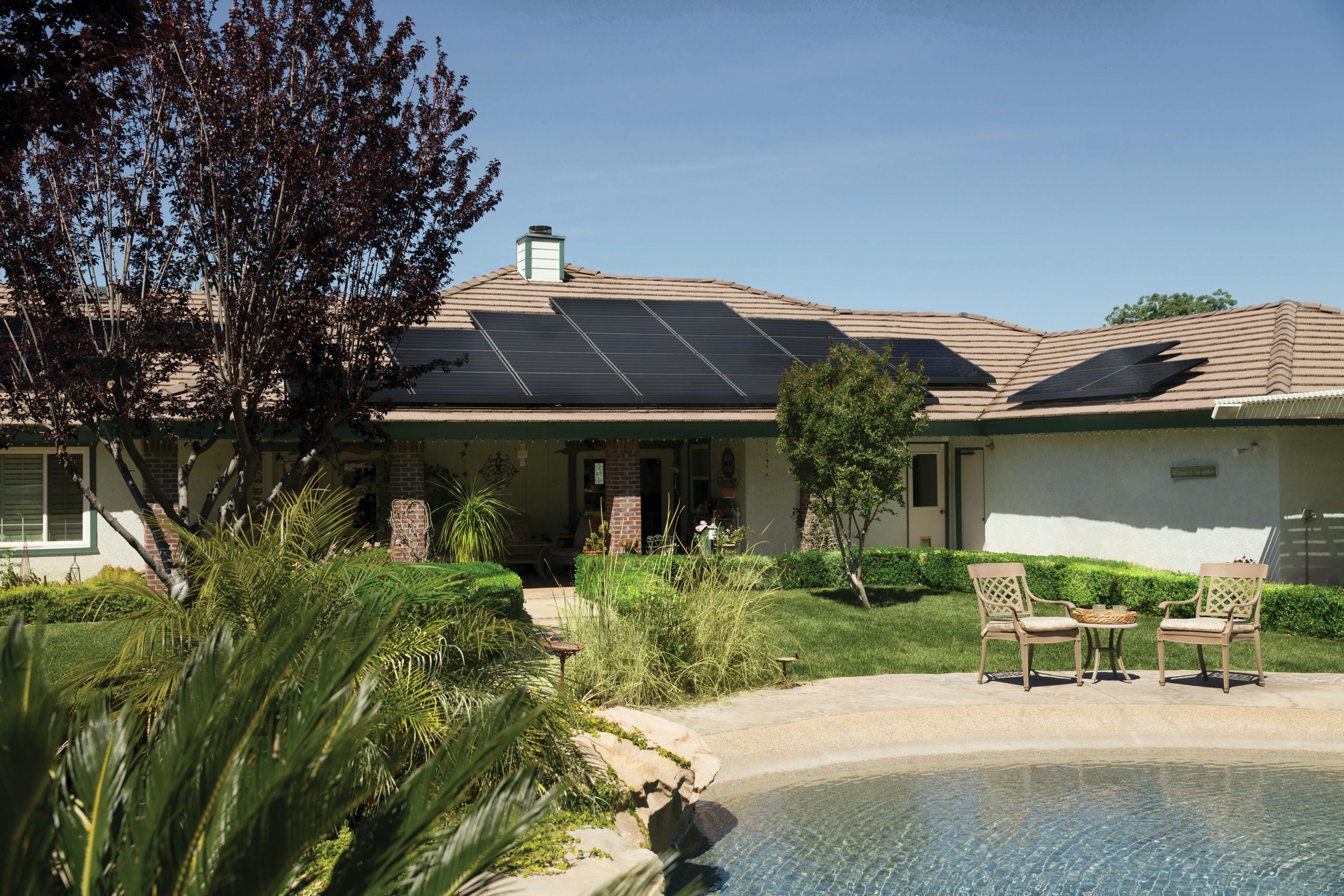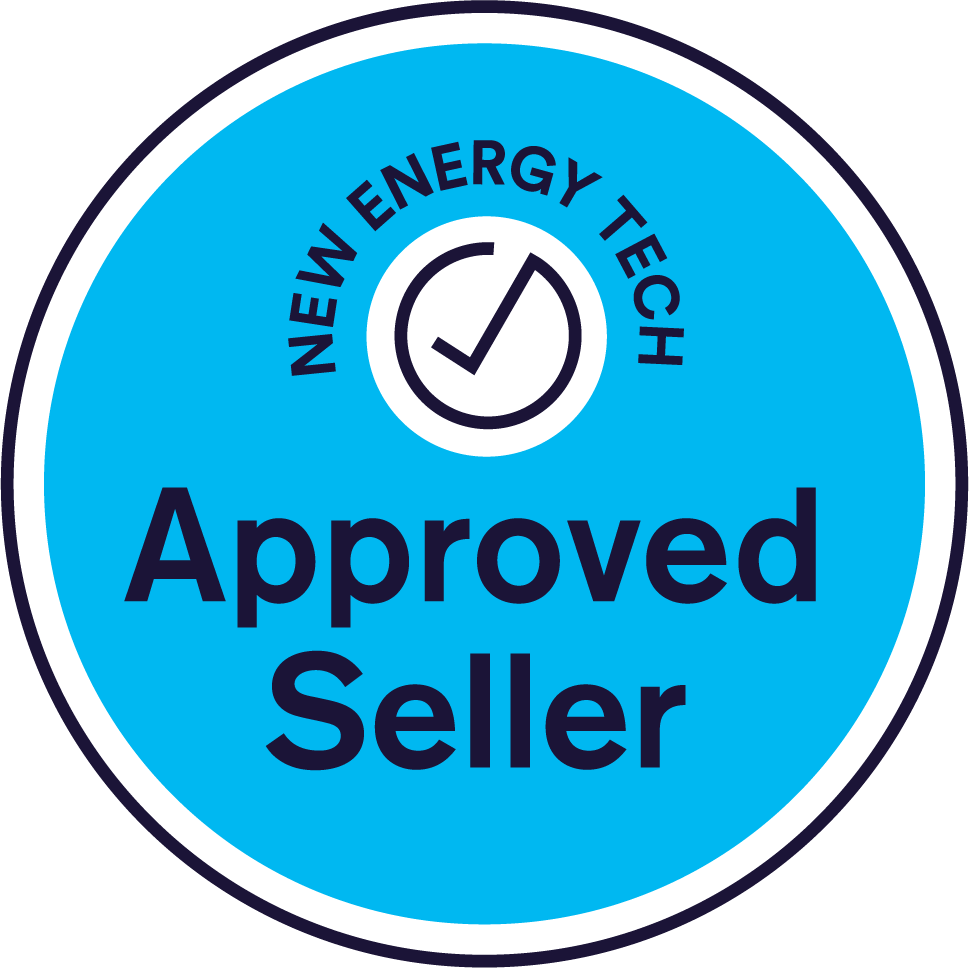Leave the Technical Details to Us – Book Now
When designing eco-friendly architectural builds with solar panels and solar batteries, many technical considerations come into play. The sooner you have the information available to you, the more sound your design will be.
EnviroGroup has extensive experience designing and implementing quality solar installs that meet the client’s objective and also reflect current practices and regulations.
As your solar partner, we want you to focus on your creativity while we look after the technical details.
Book a consultation with our renewable energy experts for your next project!
Serving Victoria since 2004, EnviroGroup has a proven track record with delivering quality advice and solar installs. Our managing director, Mick Harris, is well regarded in the industry and a pioneer of renewable energy. His passion for sustainability underpins the values of EnviroGroup.
Below, you will find answers to common questions we receive from architects and building planners.
What is the optimal roof direction to generate solar power?
When designing a roof, it’s important to ensure there will be enough space for solar panels to make it a worthwhile investment. In Australia, the rule of thumb is to face solar panels to the north to maximise solar power generation.

What is the best solar panel for a flat roof?
For flat roofs, we recommend SunPower solar panels. They are a Tier 1 panel and lying them flat does not affect your warranty. While panel manufacturers generally recommend or insist on tilting the panels in their warranty guidelines, SunPower specifically state that you can install their panels at any angle, from horizontal to vertical, without affecting the warranty.
What are the location restrictions for solar battery installations?
For a home that plans to have solar batteries, it is highly critical you mark out a location suitable for a solar battery installation. This is because there are strict rules on where and how a battery can be installed.
For instance, solar batteries cannot be installed on flammable material which backs onto a habitable room. The battery location requires a clearance area of 600mm on either side of the battery and 900mm above the battery. This includes clearances to windows and doors to habitable rooms.
What are the relevant Australian Standards (AS) for the design and installation of solar systems?
To ensure a solar system has been installed safely, the following AS must be adhered to:
- AS 5033 Installation of PV arrays
- AS 3000 Electrical wiring rules
- AS 1768 Lightning protection
- AS 1170.2 Wind loads
- AS4777 Grid connections of energy systems via inverters
- AS5139 Battery Energy Storage Systems (BESSs)
As a CEC-accredited solar installer, EnviroGroup is well aware of these standards and we review them regularly.
Regulations and best practices evolve over time. To ensure all our installations are in line with current requirements, EnviroGroup remains on the forefront of any upcoming changes.
An industry leader, you can be rest assured that we will provide you with the most up to date information and advice.





